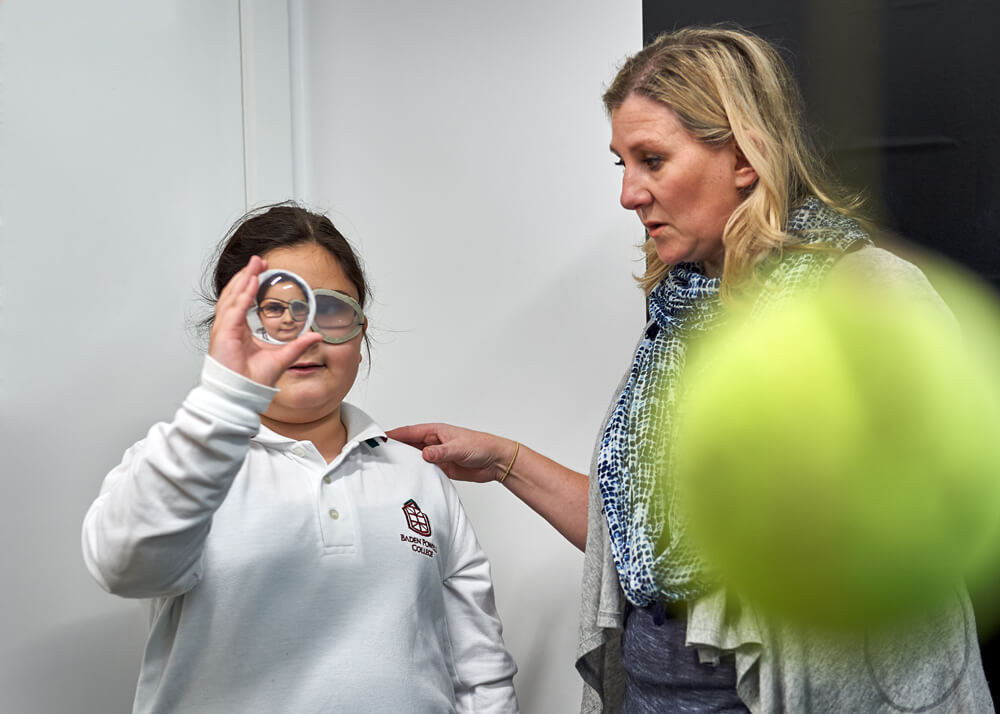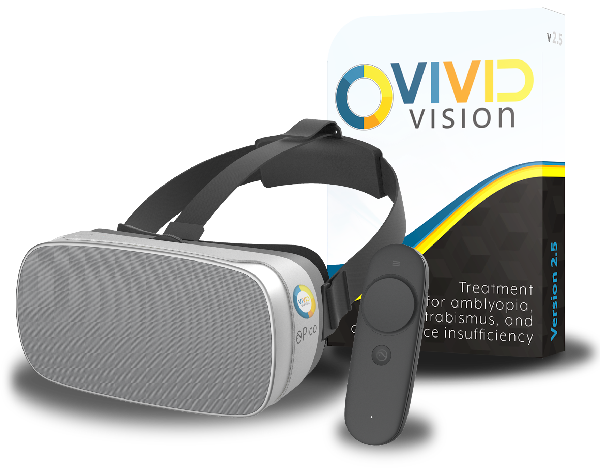Vision Therapy for Stabismus (turned eye) and Amblyopia (lazy eye)
Difficulty using two eyes together can result in strabismus or amblyopia. The brain effectively dulls the input from one eye into the brain, resulting in poor eyesight, visual function, and sometimes strabismus. Sometimes strabismus may occur without amblyopia (reduced eyesight), but this often occurs when the strabismus alternates from one eye to the other. Amblyopia may also occur without strabismus
There are many types of strabismus. Some forms are best treated by Vision Therapy used in conjunction with spectacle aids and prisms. Others are best treated by surgical intervention. Strabismus is one of the most complicated visual adaptations that can occur in the human binocular system. It is not always simple to treat and treatment may be lengthy and require a number of different approaches.
The ultimate goals of vision therapy in turned or lazy eyes is to have eyes that work together, look straight, to have well developed depth perception or 3D vision and to have strong visual efficiency skills so that we can function well with our vision without fatigue.
Typically, vision therapy for such patients will progress through a series of activities such as monocular (using one eye) and bi-ocular (using both eyes) skills and then fusion (putting the images from both eyes together) and binocular (using both eyes together in all directions of gaze) skills.

We use the latest equipment to help develop 3D vision in the vision therapy session, using a 3D TV and goggles. We want vision therapy to be fun too!
Vision Therapy has normally been successful with a combined home and in office set of tailored programs . However, it now also be trained with advanced virtual reality training exercises with Vivid Vision technology.





